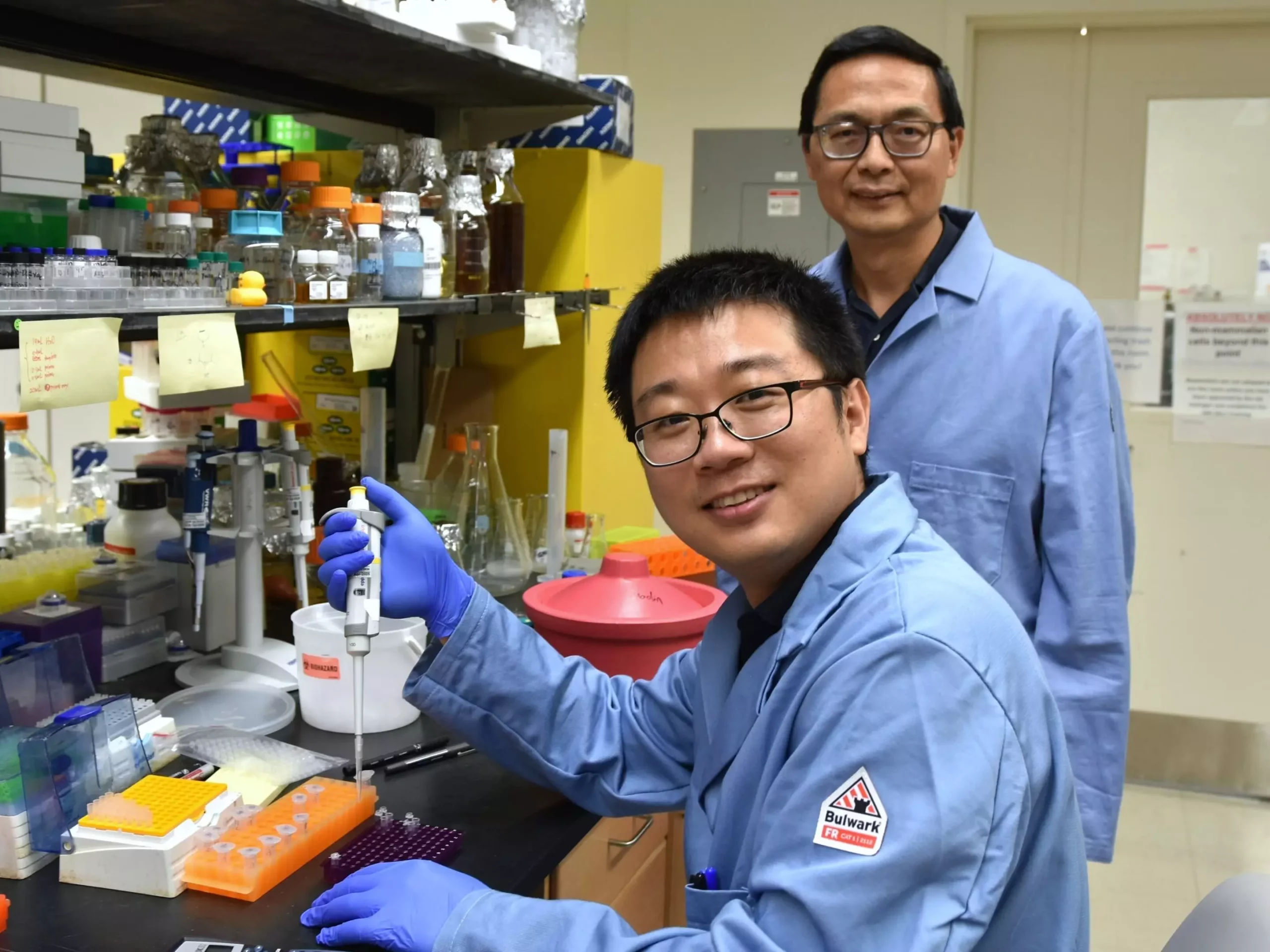In a recent study conducted by researchers at the Center for Advanced Bioenergy and Bioproducts Innovation (CABBI), a significant breakthrough has been achieved that could revolutionize the production of agricultural chemicals and everyday products. By combining natural enzymes and light, the team from the University of Illinois Urbana-Champaign has developed an eco-friendly method for precisely mixing fluorine, a crucial additive, into chemicals known as olefins. These olefins are hydrocarbons used in a wide range of products, including detergents, fuels, and medicines. This groundbreaking approach offers a more efficient strategy for creating high-value chemicals with applications in various industries such as agrochemicals, pharmaceuticals, and renewable fuels.
Fluorine, as an additive, plays a vital role in enhancing the effectiveness and longevity of agrochemicals and medicines. Its small size, unique electronic properties, and ability to dissolve in fats and oils significantly impact the functionality of organic molecules. By augmenting their absorption, metabolic stability, and protein interactions, fluorine boosts the overall performance of these compounds. However, incorporating fluorine into chemicals has traditionally been a challenging and environmentally unfriendly process, requiring complex chemical procedures.
In this study, researchers utilized a “photoenzyme,” a modified enzyme activated by light, to facilitate the introduction of fluorine into olefins. By leveraging light and photoenzymes, the team was able to precisely attach fluorine to specific locations on the molecules, offering unprecedented control over the process. This environmentally friendly and highly specific method enables the efficient creation of new compounds that were previously challenging to produce. It fills a significant gap in molecular chemistry by providing a more effective and sustainable approach to adding fluorine to chemicals.
The innovative technique developed in this study has profound implications for various industries, particularly agriculture and pharmaceuticals. Fluorinated compounds are known to be more effective, stable, and longer-lasting than their non-fluorinated counterparts. This discovery opens up new possibilities for developing improved fertilizers, herbicides, and medicines that offer increased potency and reduced side effects. By enhancing the synthesis of fluorinated compounds, this research represents a fundamental shift in chemical production methods, aligning with the principles of environmental sustainability.
The research conducted by CABBI not only contributes to the development of sustainable bioenergy solutions but also aligns with the broader mission of reducing environmental impact and dependence on fossil fuels. By pioneering innovative biocatalytic methods, the team is paving the way for more energy-efficient and environmentally friendly biochemical processes. This aligns with the goals set by the U.S. Department of Energy (DOE) to drive advancements in bioenergy and bioproducts, ultimately fostering cleaner energy technologies.
The integration of fluorine into organic molecules through a photoenzymatic process holds tremendous promise for the future of pharmaceutical and agrochemical development. This method not only enhances the beneficial properties of these compounds but does so in a manner that is environmentally responsible. The potential applications of this research in creating more effective and sustainable products for everyday use are vast and exciting, offering a glimpse into a future where green chemistry is at the forefront of innovation.
The use of light-activated enzymes to create sustainable chemicals represents a significant advancement in the field of chemistry. By harnessing the power of nature and light, researchers are paving the way for a more environmentally friendly and efficient approach to chemical synthesis. The implications of this research are far-reaching, with potential benefits across various industries and a promising future for green technology.


Leave a Reply